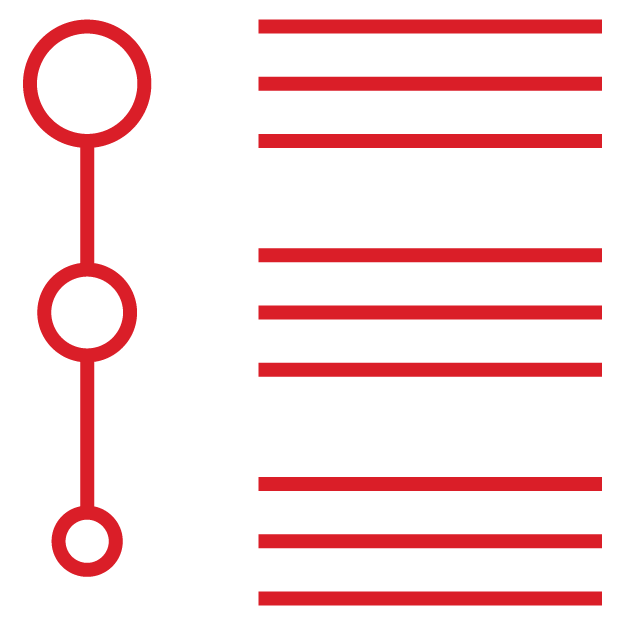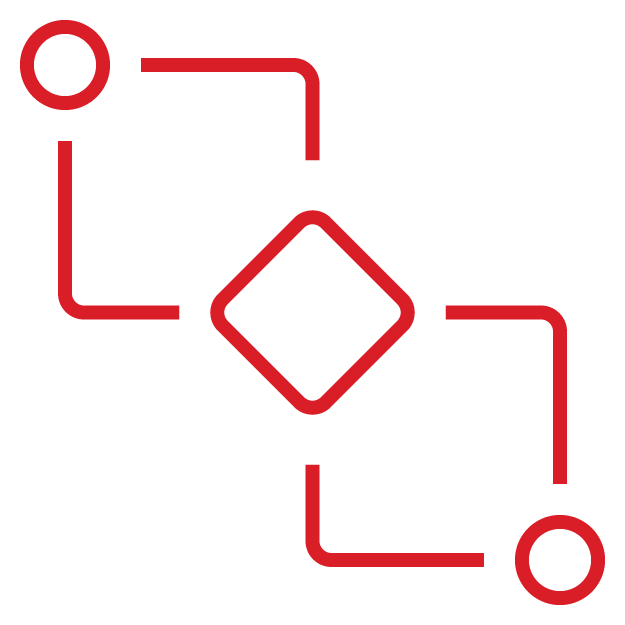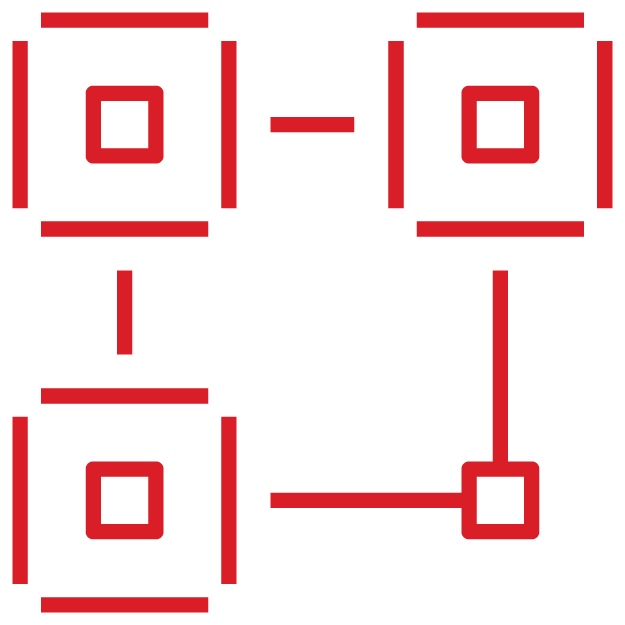This mnemonic stands for Spoofing, Tampering, Repudiation, Information Disclosure, Denial of Service, and Elevation of Privilege. It systematically examines threats across these six categories, ensuring no vulnerability goes unnoticed.
Process for Attack Simulation and Threat Analysis takes a structured approach, ensuring no blind spots remain. It breaks down the attack life cycle into seven stages: Preparation, Attack Simulation, Threat Modeling, Architecture Analysis, System Threat Analysis, Stakeholder Review, and Testing.
This lightweight methodology emphasizes asset identification, threat identification, and risk prioritization. Its streamlined approach is ideal for smaller projects or rapid threat assessments.
The Visual, Agile, and Simple Threat model assumes attackers have endless attack options. It utilizes process-flow diagrams and data-flow diagrams to assess threats from both architectural and operational perspectives, offering valuable insights for large-scale environments.
This visual approach maps out potential attack paths, starting with the attacker’s goal and branching out to demonstrate the different steps they might take. It helps visualize attack scenarios and identify critical attack points for mitigation.
While not strictly a modeling methodology, DREAD is a valuable tool for prioritizing identified threats. It considers Damage Potential, Reproducibility, Exploitability, Affected Users, and Discoverability to assign a risk score, allowing you to focus on the most critical threats first.
Operationally Critical Threat, Asset, and Vulnerability Evaluation (OCTAVE) is a comprehensive framework designed for large organizations. It employs eight phases to assess security risks, identify critical assets, and develop mitigation strategies.
The MITRE ATT&CK framework catalogs real-world attacker tactics, techniques, and procedures (TTPs). By aligning your threat modeling with known TTPs, you can identify potential attack vectors and prioritize mitigation efforts.

Identify and eliminate vulnerabilities, shrinking the target zone for attackers.

Focus resources on the most critical threats, optimizing security efforts.

Expose weak links in your system, allowing for proactive reinforcement.

Map the entire attack process, enabling targeted defense strategies.

Invest strategically in security measures, maximizing return on investment.

Gain data-driven insights to support informed security decisions.

Comprehensive list of information assets requiring protection, including data types (e.g., PII, financial data, intellectual property). Assess asset criticality and sensitivity based on value and potential impact if compromised.
Visual representation of system components and relationships, including servers, databases, user interfaces, APIs, and external connections. Foundation for identifying threats and vulnerabilities.
Gather detailed information about web and mobile APIs, including purpose, functionality, and data processing. Document security measures like authentication and encryption. Identify potential risks like insecure data transmission or inadequate authorization.
Illustrate the sequence of steps and interactions between system components. Visualize data collection, processing, storage, and transmission. Analyze diagrams to identify vulnerabilities and attack vectors.

Threat modeling enables a proactive approach to security by identifying potential vulnerabilities and threats early in the development process. It allows for the implementation of appropriate security controls and countermeasures before deployment, reducing the risk of security incidents
Threat modeling promotes collaboration among stakeholders (developers, architects, security teams, and business representatives), fostering a common understanding of security requirements and risks for better communication and alignment.
By systematically analyzing threats and their potential impacts, threat modeling helps in prioritizing and mitigating risks effectively. It provides a structured approach to address the most critical threats and allocate resources efficiently to minimize their impact.
Our team comprises seasoned security professionals with extensive experience in application security and threat modeling methodologies. We leverage our in-depth knowledge to conduct thorough assessments, ensuring no stone is left unturned.
By addressing vulnerabilities in the design phase, organizations can avoid costly fixes and potential damages resulting from security breaches or incidents later in the development lifecycle.
Our threat modeling doesn't just highlight problems; it delivers clear, actionable steps to address them. We don't just tell you there's a problem, we provide clear, actionable steps to fix it. Prioritize your efforts and maximize your security investment.
Application threat modeling is a systematic process of identifying, analyzing, and mitigating potential security risks within a software application. This proactive approach helps businesses safeguard their applications and data from cyberattacks.
Threat modeling helps businesses identify vulnerabilities early in the development lifecycle, saving them time and resources compared to fixing security issues post-deployment. This proactive approach minimizes the risk of data breaches, reputational damage, and financial losses.
Ideally, threat modeling should be integrated throughout the entire software development lifecycle (SDLC). Early integration, such as during the design phase, allows for proactive identification and mitigation of threats. However, threat modeling can also be beneficial at later stages like implementation and testing to refine existing security measures.
The cost of application threat modeling can vary depending on several factors, such as the size and complexity of the application, the chosen methodology, and the expertise required. However, the potential cost savings from preventing security incidents often outweigh the initial investment. Contact us for quotations.
The time and effort required for threat modeling vary based on the size and complexity of the system. It can be a relatively quick process for simple systems but may require more time for complex ones.